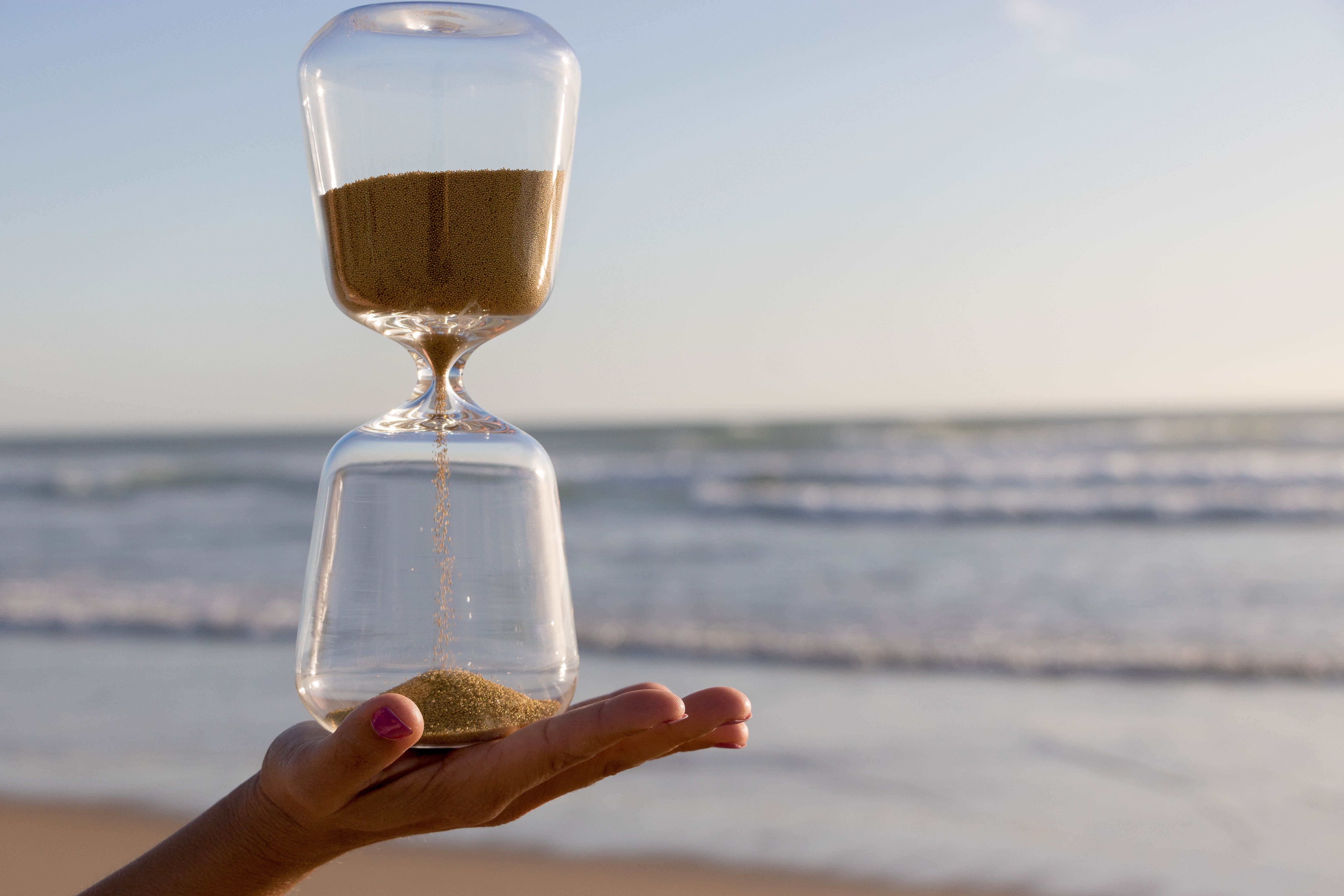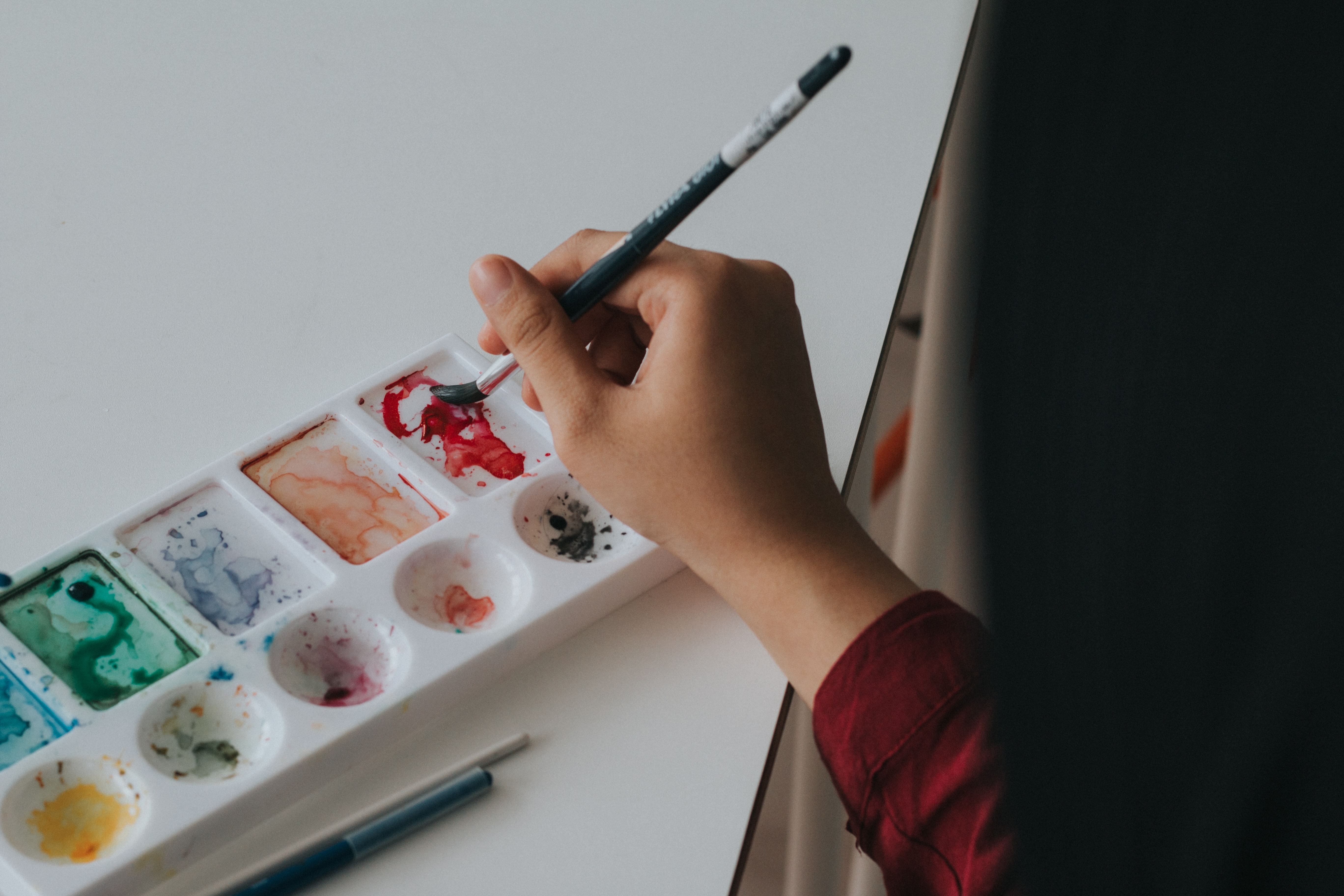Habits are a smart approach to our brain to automate tasks and thus save energy throughout the day. After all, habits are an essential part of our lives without us having to think about it, such as brushing your teeth in the morning, looking left and right when crossing the street or putting the milk back in the fridge after breakfast. This way, our brain has the necessary energy for tasks that require concentration and focus.
If we want to implement new habits into our lives, we notice how difficult it is… Not just to get started with this new habit, but to make it a permanent one.
James mentions the importance of time as an ally and linking your identity in establishing a strong habit. Let me first zoom in on ‘time’.

The actions we take within our habits are rather small in themselves, but because we keep repeating them, the impact increases. For example, If I take the time at the end of the day to make everyones bag for the next day of work or school, I’m able to start our morning more calmly. I don’t have to rush to get my toddlers ready for school, plus we have more time to have breakfast together. Within the span of evening to morning, the effect may seem small, but if I look at this over a longer period of time, that little effort has made a huge impact on my productivity and mindset, and not to forget, on the mood of my children.
This way, I created a small action and in fact, I let ‘time’ do all the work. Or, as James Clear quoted: “Time will multiply whatever you feed it. Good habits make time your ally. Bad habits make time your enemy.”

If you want to make habits stick, try making them relatable. When you set a moment or action fixed in time as a goal, you may be able to tick off that goal in the end, but the chance of change in the long term is smaller. If you set a goal of personal accomplishment, you’ll notice your urge to define the change you want to see or feel.
For example, a close friend had set to finish the Antwerp ten miles last year. It was a rather specific goal, set in time. But by defining her intention as ‘wanting to be a good runner’ she made her goal more personal. She did not focus solely on the event, she wanted to make a change in life: her workout routine, recovery afterwards, her meals and the nutrients before and after a workout, a healthy schedule,… These different actions could be easily installed, over time they became strong habits, even when the ten miles were over.
To make the shift of an intention to a habit, repetition is essential. I destilled the following five techniques:
I try to be specific
in describing my intention. What do I want to change? How do I start? How often does this action take place? When? … I try to link them to something I already do, for example placing my hay fever medication on the breakfast table, drinking my first glass of water after brushing my teeth, keeping my bullet journal on my bedside table as the last to do of the day,…
Enjoy what you install
If I want to start a new habit, I try to make it as enjoyable as possible. Pleasantly phrasing what I want to install helps me to appreciate the action and take pleasure in the effort. A positive mindset is key.
Don’t mind the obstacle, go round
In the past, I would sometimes set up a routine to find too many obstacles in the way, such as forgetting props or making the action too big in advance.
Since spending plenty more time commuting, I wanted to read more often while on the train but seemed to always forget my book. I decided to keep the one in which I’m reading in my bag so that I always have it with me.
This year, I wanted to start watercolor painting again. Instead of waiting for the perfect material and finding a course that fitted my schedule, I started working with what I have (read: the children’s pallet). It works perfectly. You can take a look at what I’ve created at my instagram @respirer.souffler

Never underestimate the impact of rewarding yourself.
If you can reward yourself right after the action, expect a kick right away. 😉 This will strengthen the habit you want to install. As we all know, it takes time for new (good) habits to feel comfortable (like doing a 30min excercise instead of binge watching Netflix).
If you reward yourself after the action with something nice, like reading a book, drinking a smoothie, going for a walk with your dog, … you stimulate yourself in persevering to the point the habit rewards intrinsically.
How you surround yourself, makes all the difference
You can link your environment or the place where you install a habit to the action. When I paint, I opt for our kitchen so that I have a neat surface and can start quickly. If you get distracted easily, try reading in the bedroom so that you are not tempted to turn on the TV.
Supporters as in friends who share the same goals can stimulate as well. If you want to become a good runner, you can develop closer contacts with friends who already work with ‘Strava’ and share each other’s achievements as an incentive.
Now, tell me, how will you start tomorrow with your good intentions? Feel free to share your tips and ideas in the comments below.


